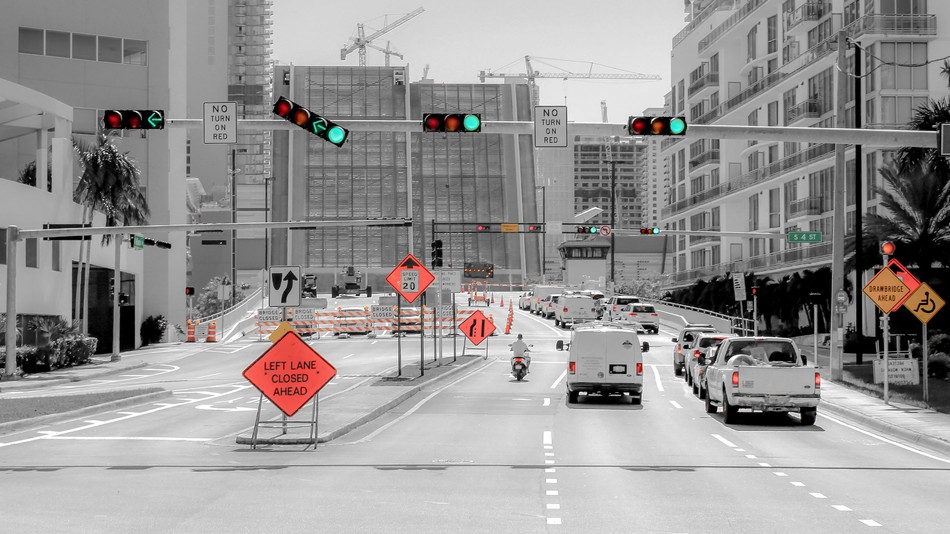/https%3A%2F%2Fblueprint-api-production.s3.amazonaws.com%2Fuploads%2Fcard%2Fimage%2F861046%2Fe7656ccc-9c7b-4525-aa45-70e43dd10564.jpg)
Waymo, Alphabet’s self-driving car division, keeps racking up the miles.
On Wednesday, the company announced it had hit 10 million robot car-driven miles on public roads across 25 cities in states like California, Arizona, and Michigan.
In August, Waymo announced it had reached the 8 million mile mark. Just months before in June, it was at 7 million miles. In less than half a year, the company has tested an additional 3 million miles on public roads.
According to CEO John Krafcik, if you add in simulated rides on a computer, not real roads, Waymo has driven 7 billion miles. Those 10 million daily miles help challenge the self-driving software and put it in situations both new and old.
In its latest blog post, Waymo belatedly addressed issues brought up in a report from The Information from late August. Waymo’s self-driving taxi service is supposed to kick off with truly driverless cars by the end of the year in Arizona and is already in testing with 400 early riders in Phoenix. The report highlighted some road bumps, like the problems Waymo’s cars have with merging and left-hand turns.
“Our cars are programmed to be cautious and courteous above all, because that’s the safest thing to do,” said Krafcik. The post seemed to defend Waymo’s emphasis on safety: “We stay out of other driver’s blind spots, give wide berth to pedestrians, and come to a full stop at 4-way stops.”
It also explained that there’s a balance between driving naturally and assertively, especially while merging.
For some perspective on Waymo’s announcement, we called Optimus Ride co-founder and president Sertac Karaman. He said it’s not just about getting the most miles, but testing miles you can actually use.
He explained that a lot of self-driving car companies aren’t making much progress, even though they’re racking up miles. “They end up collecting a lot of data which is fancy garbage,” he said.
Instead, he promotes testing in geo-fenced areas at medium speeds around 30 mph to get denser data. He described the difference as driving 10,000 miles all over the country but only seeing every place once. Those same 10,000 miles in a smaller area that you’ve driven through repeatedly means you’ve seen the same places thousands of times and know so much more about every intersection and bump in the road.
Most importantly for the machine-learning robot cars, they “absorb the culture of how to drive in that environment,” Karaman said.
For self-driving cars to improve and get to the point of actually driving people around autonomously they need to see a lot of samples (stretches of road) with a lot of repetition. With the end of the year looming, Waymo better hope its miles are teaching its cars as much as possible. The clock’s ticking.


